Doing up your dream house: Thatcher
All the buzzwords of today apply when it comes to thatch: it's sustainable, eco-friendly and practical which could explain why it's on the rise again
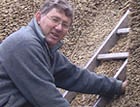

Thatcher Kit Davies Don't be afraid of thatch: it is eco-friendly, not simply a quaint, gingerbread-house anachronism. Many of today's buzzwords apply: traditional craftsmanship, sustainability (it uses natural, renewable materials) and practicality (thatch is an excellent insulator). All of this adds to the obvious aesthetic appeal. Kit Davis, an Oxfordshire based thatcher, is chairman of the National Society of Master Thatchers. His small team works on jobs ranging from village houses, barns, former agricultural labourers' cottages, and cottages ornées, to large, early-20th-century Arts-and-Crafts residences. 'There are also lots of new thatched houses going up now,' says Mr Davis, 'particularly in Hampshire, Dorset and West Sussex'. Three tools are essential to the trade: a ladder, a leggett (for tapping reeds or straws into place) and a mallet (for knocking in the hazel spars). Thatchers generally work with one of three materials, the longest lasting being Norfolk or water reed a wetland reed with an average lifespan of 50 years. Next in longevity is combed wheat reed, a wheat straw with a 25to 30-year lifespan. Least durable is long straw, which lasts for about 10 to 25 years. This is becoming the most expen-sive material, as it requires more preparatory work and is therefore more labour intensive (labour now accounts for about 40% of the cost of a job). Reed is generally fixed to the rafters in just one layer, whereas straw is often pegged to a lower layer after the rot has been removed. With either material, the ridge needs to be replaced every 12 to 15 years, decorative ridges representing an opportunity for the thatcher to show off his skills. Mod-ern harvesting techniques mean that straw produced using traditional threshing machines is becoming much rarer, but good quality material is still available. However, there is now only one variety of wheat straw suit-able for thatching on the nat-ional seedbank list, although two or three good varieties of a wheat/rye cross are available. 'The conservation lobby believes in maintaining what they perceive to be regional styles of thatching,' says Mr Davis, 'but we disagree. Traditionally, thatchers used the best of what ever material was available to them in a particular place, at a particular time, and it was this versatility that created stylistic variations.' Thatching has always adapted itself to changes in farming practice and the economic environment, but many now fear that English Heritage is gradually eroding their freedom as craftsmen: 'They want to encourage greater use of long straw, which they misguidedly regard as more historically authentic, but thatchers as professionals should be able to recommend whichever material is most appropriate to a particular job'. Kit Davis & Co: 01235 832286 TOP TIPS
- Before choosing who to use, compare work by different thatchers, including some of their earlier jobs, so you can see how well the thatch has weathered.
- Weather, location, aspect, proximity of trees, maintenance of the roof ridge and, most crucially, the thatcher's skill, are all important factors in influencing how durable a thatched roof will prove to be.
- Be wary of fire risks, particularly with a deep thatch round the chimneys (for more information see www.nsmt.eu Ensure that you are employing a professional with public-liability insurance (the National Society of Master Thatchers represents about 40% of British thatchers).
This article first appeared in Country Life magazine on June 1, 2006.
Exquisite houses, the beauty of Nature, and how to get the most from your life, straight to your inbox.
Country Life is unlike any other magazine: the only glossy weekly on the newsstand and the only magazine that has been guest-edited by His Majesty The King not once, but twice. It is a celebration of modern rural life and all its diverse joys and pleasures — that was first published in Queen Victoria's Diamond Jubilee year. Our eclectic mixture of witty and informative content — from the most up-to-date property news and commentary and a coveted glimpse inside some of the UK's best houses and gardens, to gardening, the arts and interior design, written by experts in their field — still cannot be found in print or online, anywhere else.
-
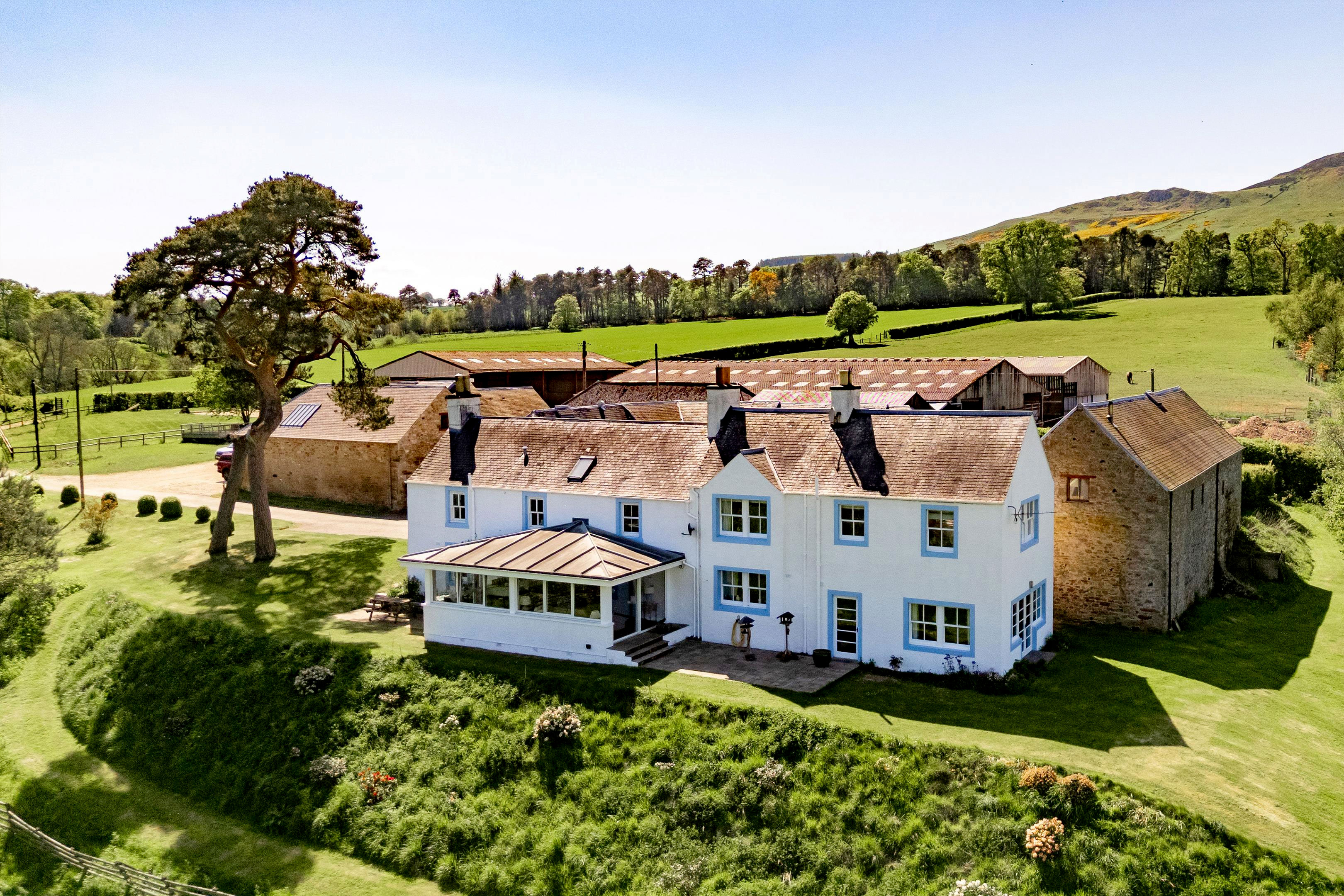 A beautiful old farmhouse in 15 acres of breathtaking Scottish scenery, for sale at just £825,000
A beautiful old farmhouse in 15 acres of breathtaking Scottish scenery, for sale at just £825,000A wonderful country home with almost 15 acres of land has come up for sale at a price which will make urban dwellers question their life choices.
By Arabella Youens Published
-
 Remember, remember to take the Country Life Quiz of the Day, November 5, 2025
Remember, remember to take the Country Life Quiz of the Day, November 5, 2025It's a banger.
By Country Life Published
-
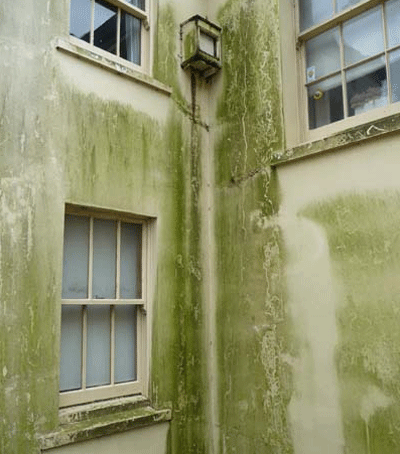 How to prepare your house for winter
How to prepare your house for winterAs winter approaches, experts advise that preventative measures are crucial for our houses to weather hard winters
By Country Life Published
-
 Ten house tips for the winter
Ten house tips for the winterNow is the time to put your house in ship-shape for the winter months ahead. Chartered surveyor Tom Grillo shares his ten top tips
By Country Life Published
-
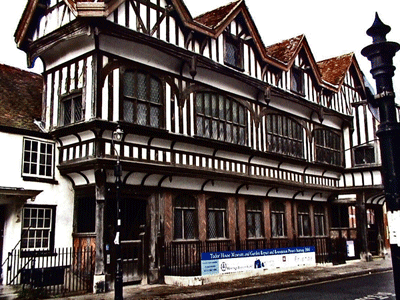 Choosing an interior designer
Choosing an interior designerFinding the right skilled interior designer for your period property requires some dedication; in particular you need to make sure you share the same vision
By Country Life Published
-
Maintenance tips for Victorian houses
There are a number of aspects to look out for when viewing or indeed owning a Victorian house
By Country Life Published
-
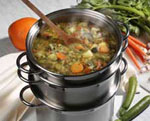 Best cooking pans
Best cooking pansMrs Danvers suggests the best makes of pots and cooking pans to hunt down when shopping for a special friend's wedding present
By Country Life Published
-
How to save old floorboards
Lots of care and elbow grease can help old floorboards gleam again
By Country Life Published
-
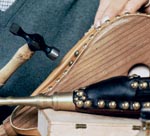 Buying bellows
Buying bellowsMrs Danvers recommends where to find a new or antique pair of bellows
By Country Life Published
-
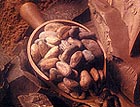 Removing chocolate stains
Removing chocolate stainsMrs Danvers tackles readers' household queries: this week's are chocolate stains on a linen suit and screen doors
By Country Life Published

